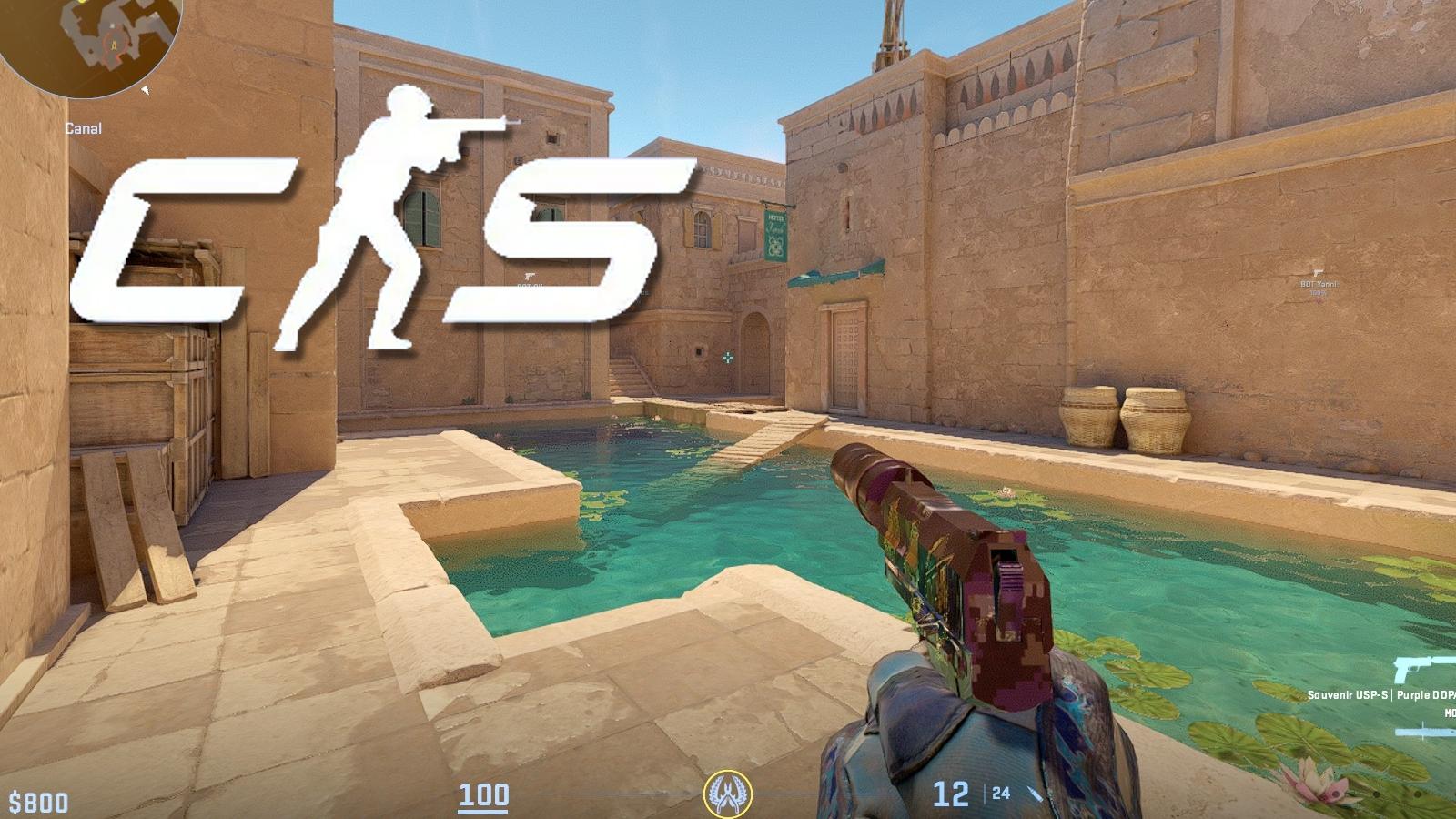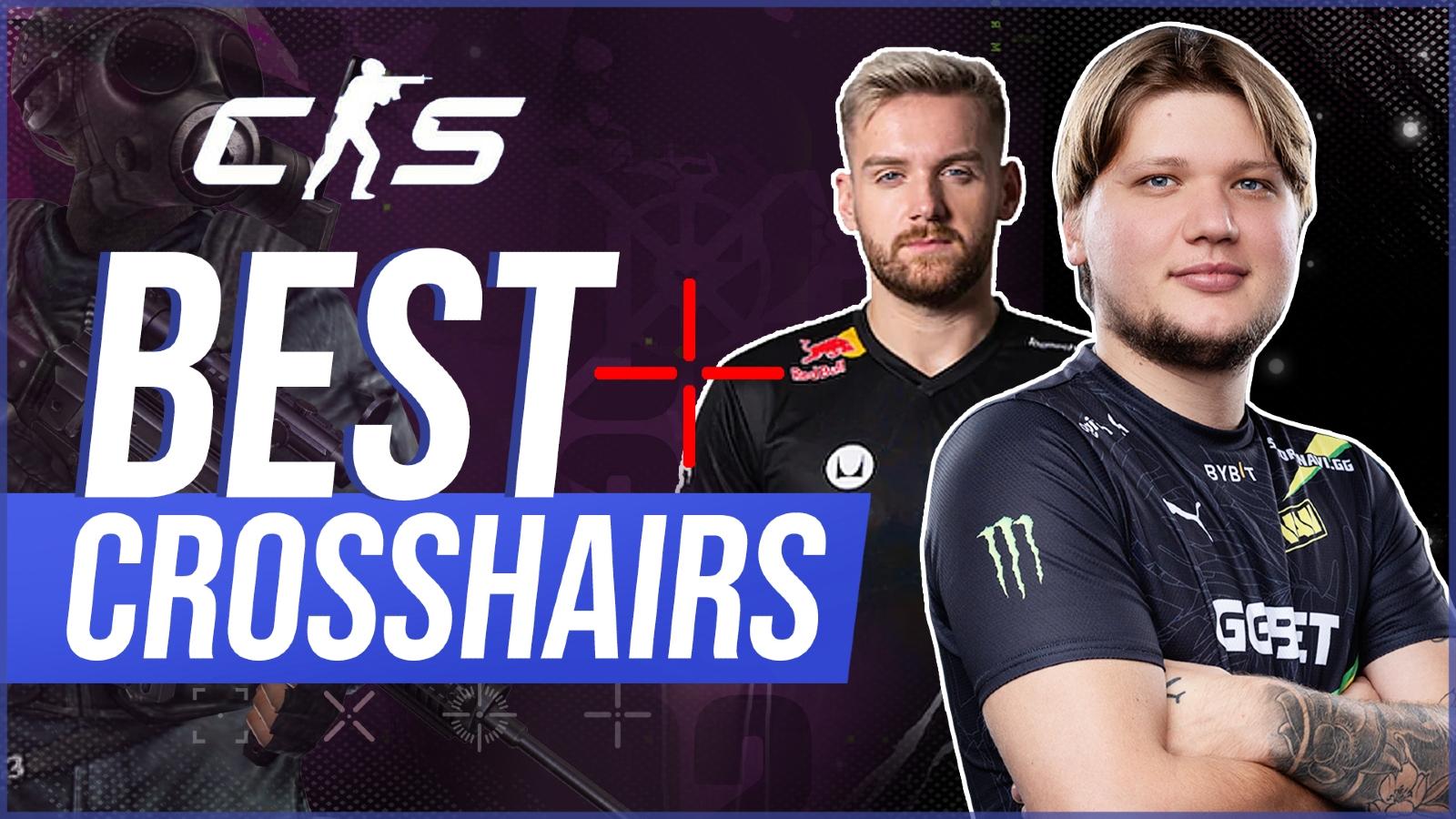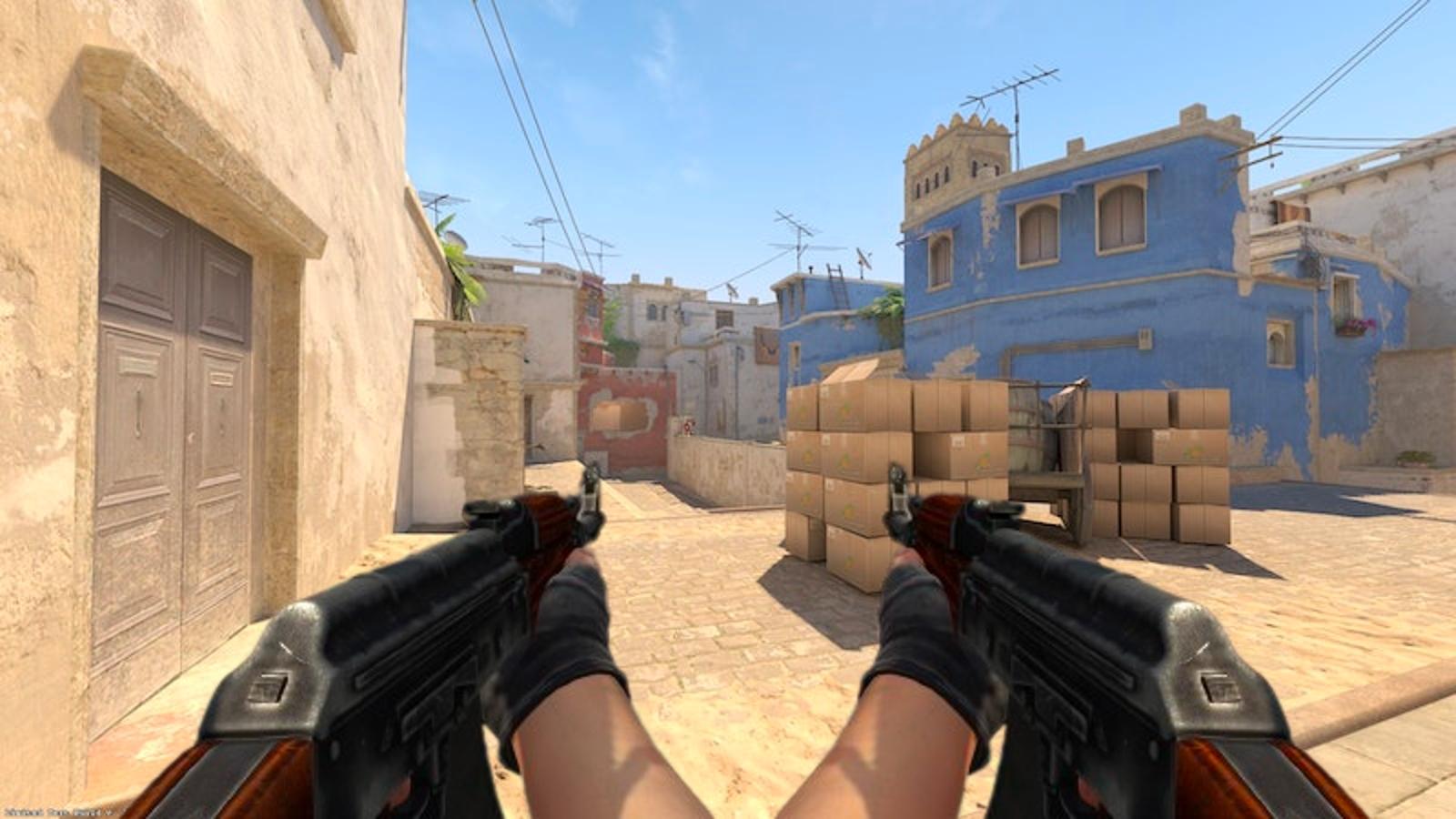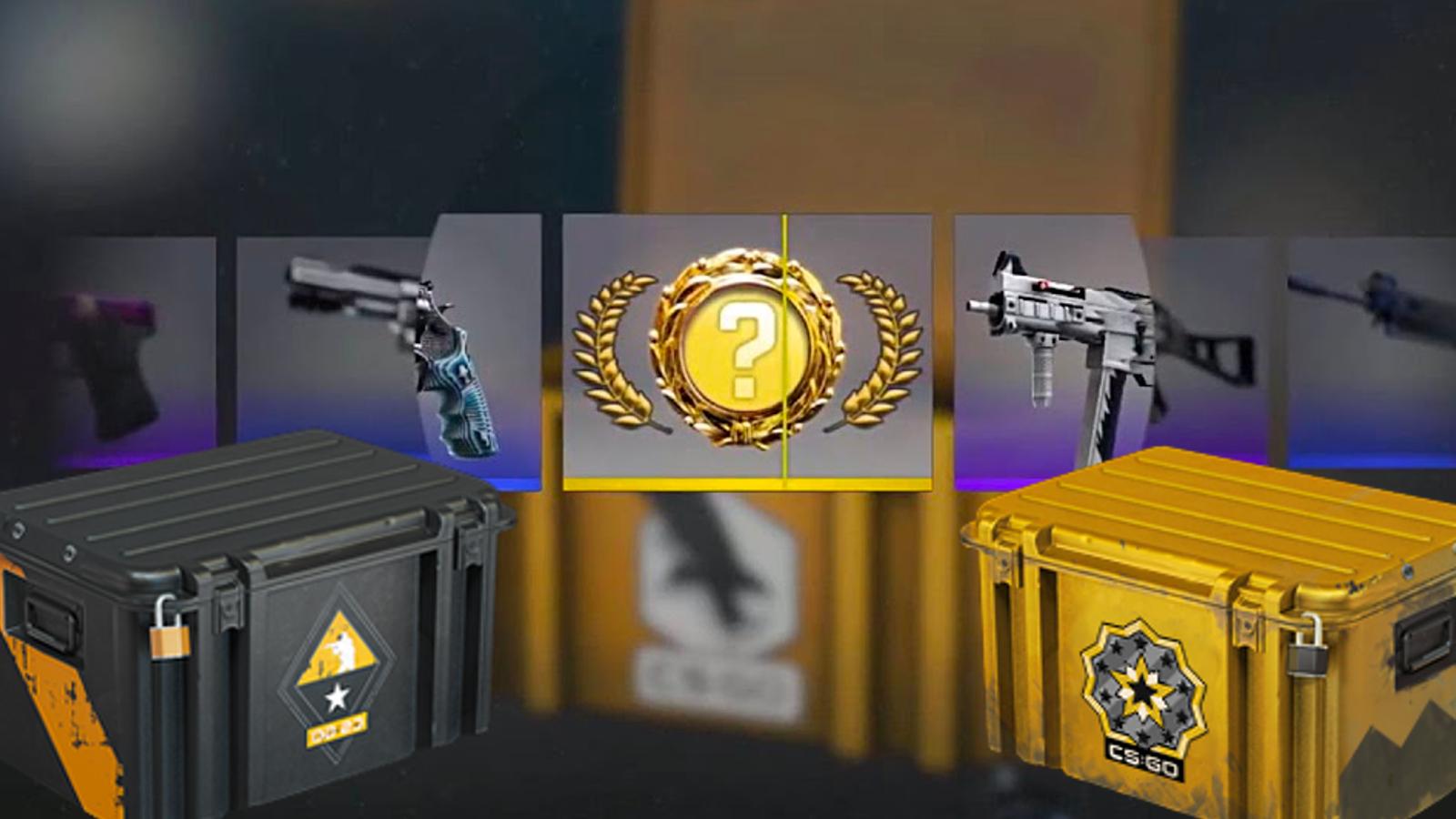Stuchiu’s Standpoint: How 100 Thieves made a resurgence through tactical renewal
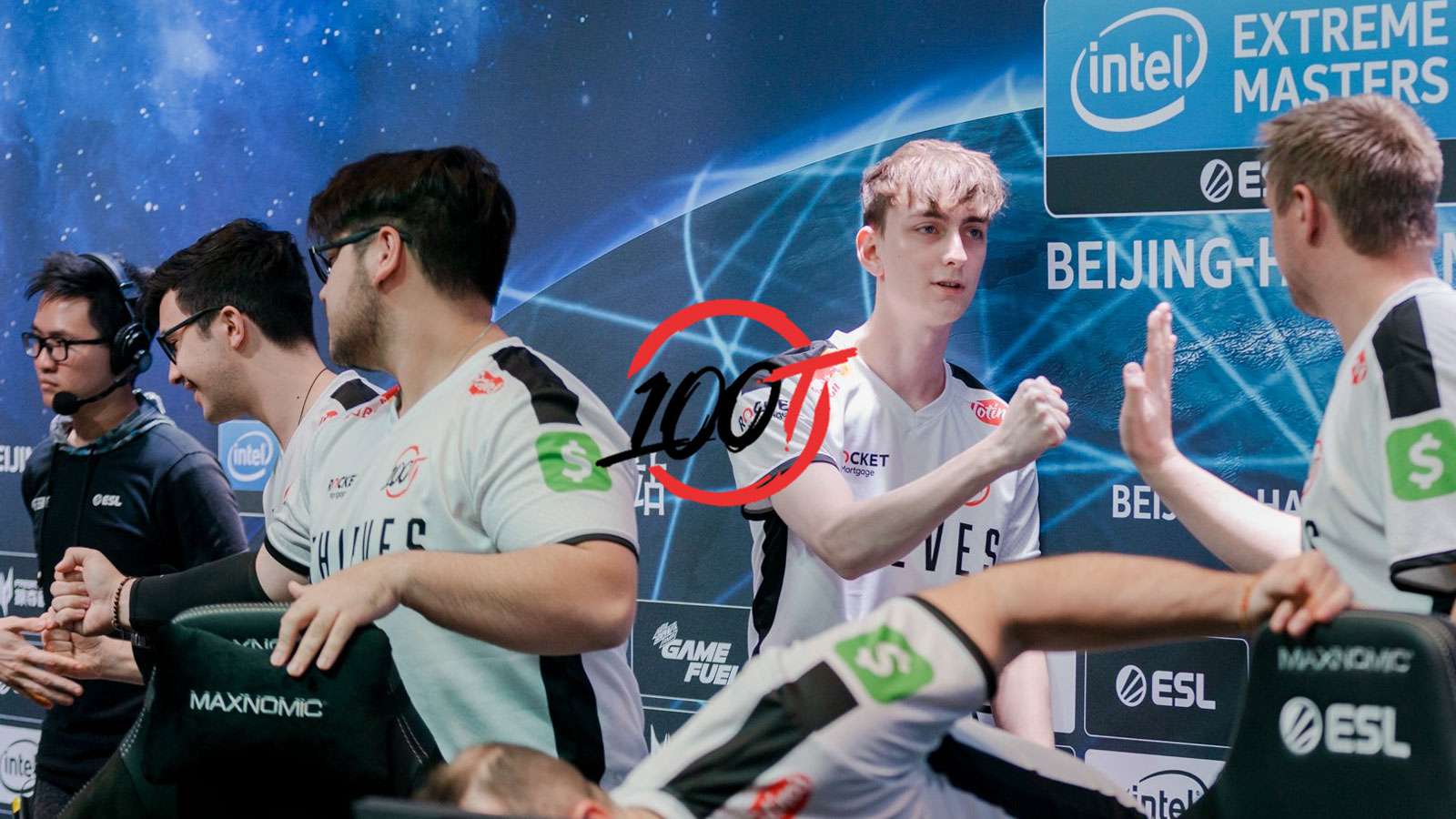
One of the most pleasant surprises of the post-StarLadder Berlin Major season has been the resurgence of the 100 Thieves lineup (formerly Renegades). Renegades had a good start to the year, breaking out with a top 8 at the Katowice Major, then top 4 at StarLadder i-League Season 7.
However, due to some internal issues, they stalled out and hit a slump. Since coming back from the CSGO player break, they have made a resurgence, and through tactical renewal solidified their spot as a top 10 team closing in on a top 5 spot.
The Rise and Fall of the Renegades in 2019
[ad name=”article1″]
To understand 100 Thieves resurgence in the last few LANs, we need to understand the initial rise and fall Renegades had earlier in the year. At the beginning of the year, the Renegades lineup was: Aaron “AZR” Ward, Justin “jks” Savage, Joakim “jkaem” Myrbostad, Jay “Liazz” Tregillgas, Sean “Gratisfaction” Kaiwai, and Aleksandar “kassad” Trifunovic.
If you were just looking at the firepower on paper, it was hard to think that Renegades could become a consistent top 10 team. Renegades had good players, but no one that popped out as a global superstar. They didn’t have a collection of high octane fraggers like NRG or a prodigy like Mathieu “ZywOo” Herbaut.
If Renegades was to climb the competitive ladder, they had to do so by becoming a better team. That seemed less likely as there was no experienced in-game leader in the squad and AZR had to transition into the role.
From the end of September 2018 to the beginning of October 2019, Renegades made three key changes to the lineup. They brought in two new Oceanic players into the lineup: Liazz and Gratisfaction. They become essential pieces that filled out the structured system that Renegades would eventually build.
[ad name=”article2″]
The final move was kassad rejoining the team as coach. This was the catalyst that reinvigorated the team. We’ve seen many players try to make the change from player to in-game leader and fail after a few months. That slump never happened with AZR as he has made a seamless change.
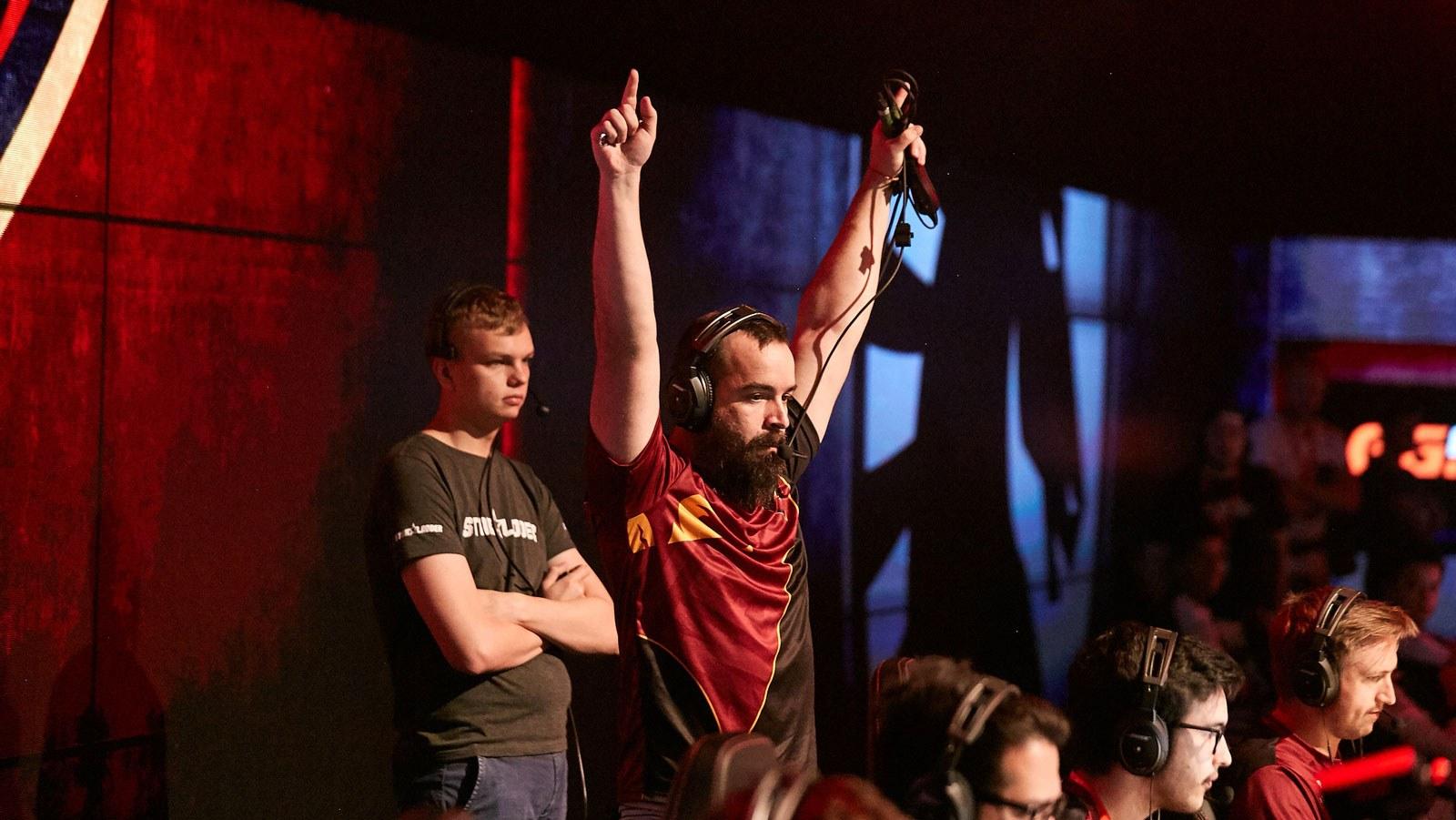 StarLadder
StarLadderOne of the likely reasons for that was his partnership with Kassad. The two of them were in sympatico with each other. As AZR said in a VPEsports interview, “Me and Alex… it feels like we have a better connection in-game, we have a better vision of the game together. Just like I said before, Kassad is more than a mental coach, I feel like he has a deeper knowledge of the game which makes it a lot easier for me to be on the same level.”
These changes culminated into a structured tactical system. Renegades liked to run study defaults that let had a flowchart quality to them. In the initial stages, they could choose between running a set execute or the default. If they ran default, they had certain timings they liked to take map control. From there, they inserted a lurker and did a well-practiced hit onto one of the sites.
When the defaults broke down into small man scenarios, the team remained disciplined. Their strong understanding of positional CS let them play these situations out consistently. In a 3v3 for instance, Renegades often did a 2-1 split of their players and had the two-man pick take first contact to increase their trade potential.
[ad name=”article3″]
This positional controlled style is mirrored on their CT-sides as the team understood the rhythm and flow of the game. Where to position, how to get info, and how to respond/rotate to that information. It also helped that during their initial rise, the AUG meta was in full swing so the skill differential was smaller and allowed the Renegades players to take full advantage of their positional play.
This structured system also enabled the players on the squad. It put AZR into aggressive scenarios where he could lurk or entry. It also created a space from which jkaem and jks found their form again. Jkaem was a notoriously inconsistent player that no team could figure out how to use until he joined Renegades. In this new system, jks has become a top 10 player in the world. Gratisfaction rounds out the squad as a stable control AWPer. While he has flashes of individual brilliance, he’s largely a team-centric AWPer which is great for their system. Liazz was the stable support player who filled out the remaining roles.
This system got Renegades two big results early in the year. They got top 8 at the Katowice Major and then top 4 at StarLadder i-League Season 7. However, their fortunes weren’t going to last as Gratisfaction had visa issues so it was impossible for the team to progress as a 5 man unit. Once he did come back though, the world had moved on and it wasn’t until DreamHack Dallas that Renegades realized it.
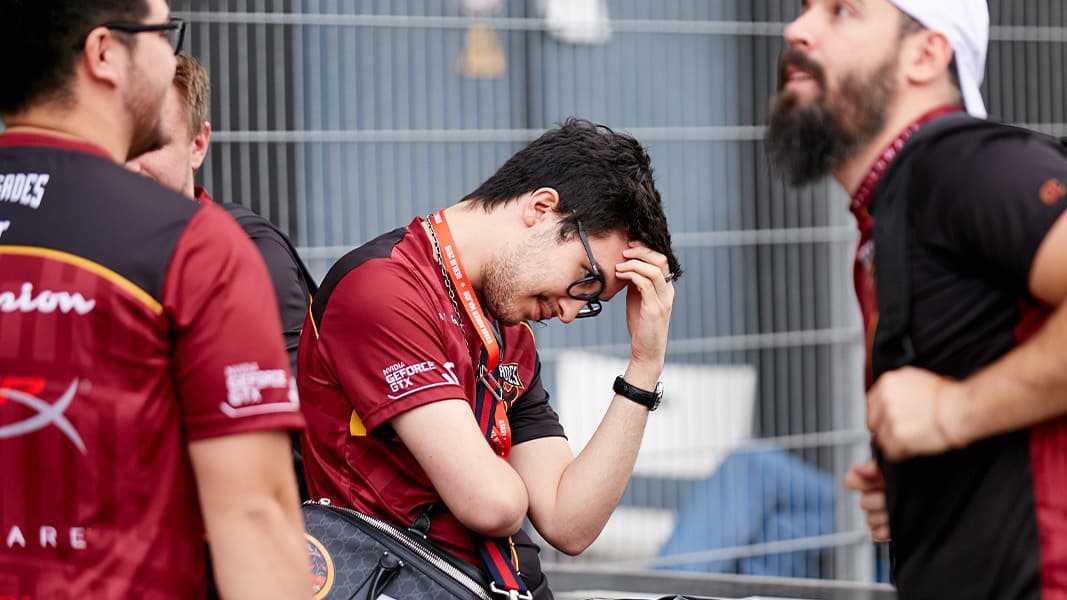 StarLadder
StarLadder“After DreamHack Masters Dallas we watched our demos and could see teams were reading and countering us, so we had to completely change it up. We did it for the Major, and since then we’ve been constantly revamping to not fall into the same path that we did.” – AZR in an HLTV interview
Things started to break down even more after IEM Chicago. AZR recalls, “I remember after IEM Chicago when we got knocked out in last place we went straight to the practice room and talked for like four hours about how we can fix our shit. The main points were about being more open with each other, since tensions started to build in the team because we were losing a lot.”
[ad name=”article4″]
The Resurgence in the last quarter of 2019
The CS:GO break came soon afterward. The downtime was good for Renegades as they took stock of what they needed to do as a team. They decided to redo everything. As Kassad told VPEsports, “We agreed we needed a whole new playbook going into the Major.”
AZR agreed with the sentiment. He reflected on that moment in an HLTV interview, “I didn’t realize that we had to keep changing our stuff. That was something I had to learn, personally. As an in-game leader I need to keep refreshing stuff because it gets old, but then you can use very old stuff and bring it back.”
After the break, Renegades (now 100 Thieves) have been on a run. They got top four at the StarLadder Berlin Major, top four at StarSeries i-League Season 8, and got to the finals of IEM Beijing. So what changed?
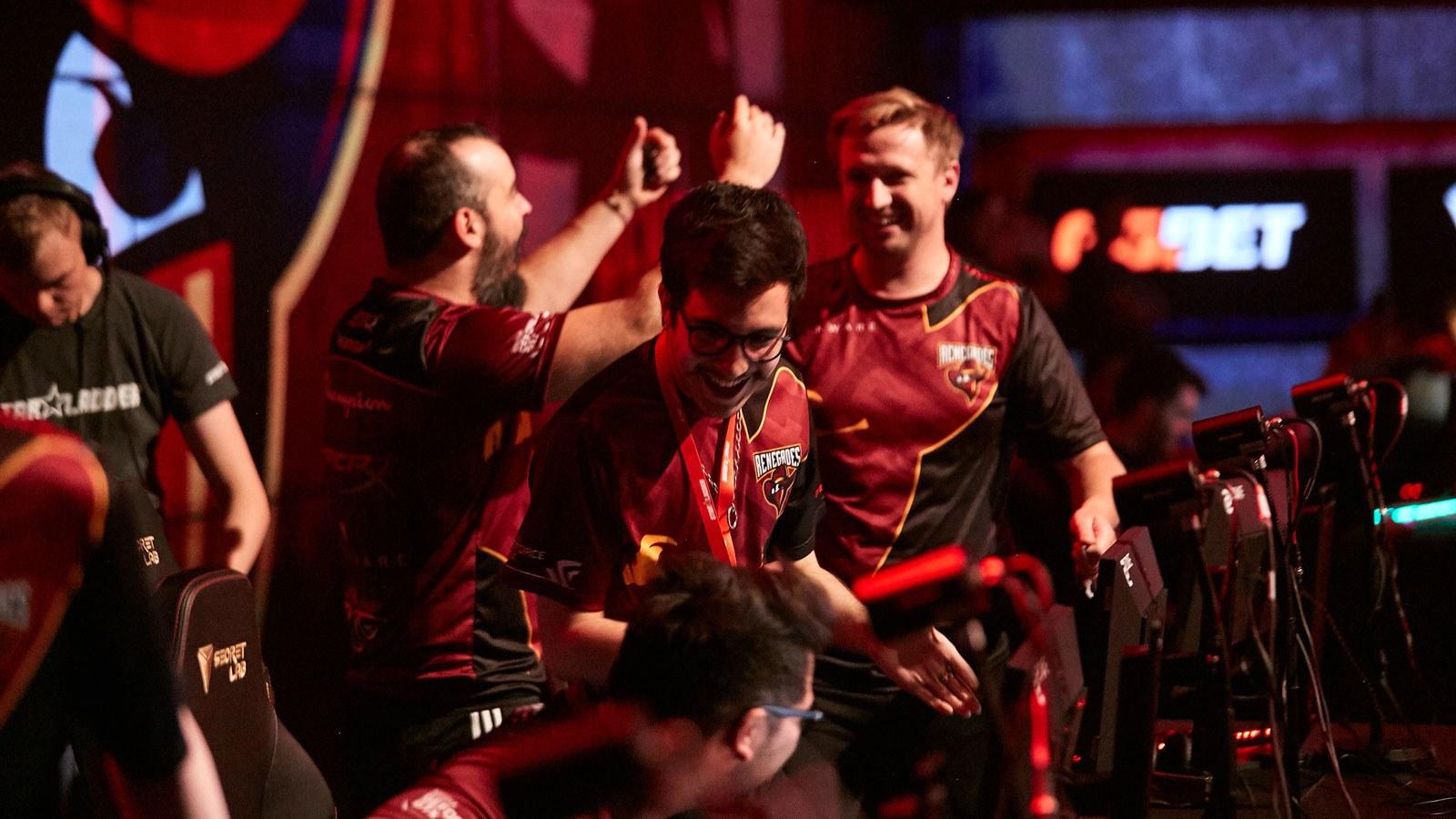 The boys celebrate a win in Berlin
The boys celebrate a win in BerlinIn terms of strategy and style, 100 Thieves are fundamentally the same team they had always been. A structured, disciplined squad that plays a positional team-based Counter-Strike. While the overarching theme is the same, the execution is different.
The best way to examine 100 Thieves through their T-sides on maps like Mirage, Train, and Nuke. On Mirage, 100 Thieves had a few distinct patterns they liked to run. In default, they used a 1-3-1 or 2-2-1, took mid control, inserted AZR into the window, and then played off of that. They sometimes mixed it in with executes on the A or B site.
While they still do that now, they’ve added multiple gambits and variations. 100 Thieves’ timing for mid control was fairly standard in early 2019. Now they like to rush it. Once they control mid, they can play that old style, use various boosts to try to get a one-off kill, or continue their momentum into a full-on A explosion. 100 Thieves have also started to introduce more fakes, contact plays, and variations of their executes.
This pattern applies to both Train and Nuke. The T-sides of both of those maps followed a similar pattern. On Train, 100 Thieves liked to take B halls and ivy before deciding which site to hit. When they played Nuke against Astralis, they favored inserting jks down vents early and playing off of that.
Both their playbooks for both maps have expanded since then. They have more explosive hits for Train and variations of fakes and splits. Their playbook completely bamboozled ENCE at IEM Beijing to the point where ENCE opted out of a first pick Train in the rematch. As for Nuke, 100 Thieves like to use the yard smokes that bisect the yard in half.
From there they play their control style as they can take control of secret, garage, do a warp, or do a fast split on upper. They’ve also added surprise tactics where they can rush two players out yard with no cover, or use a FURIA style B-hit where they rush ramp and then offload their utility to secure a plant on the lower site.
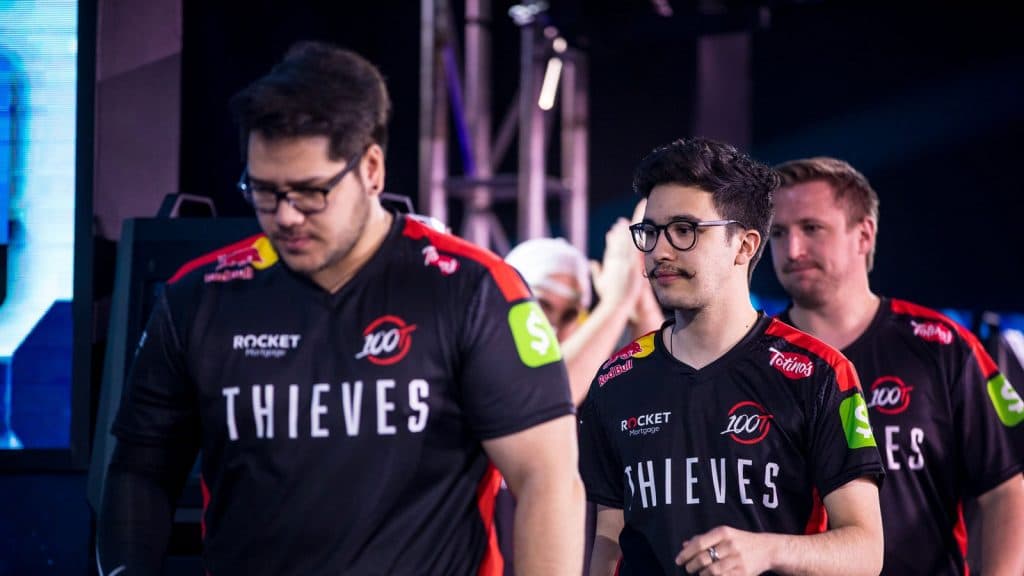 100T during their IEM Beijing debut
100T during their IEM Beijing debutThe CT-sides have also added various rotations, plays, and setups without changing the roles of the players. The game that sticks out in my mind that characterizes the 100 Thieves CT-side playstyle is a game at StarSeries i-League Season 8 against Vitality. They were playing on Nuke in the winner’s final. In the 6th round of that game, Vitality did a standard default yard smokes into four players down secret play. 100 Thieves did a perfect rotation as they had Gratisfaction take ramp, rotate jks down to B and AZR to the vents. This locked down Vitality’s options and forced Vitality to try to brute force their way from a disadvantageous position.
Another moment from the same game was in the 13th round. In that round, AZR used an early smoke to block off any chances of Vitality rushing the A-site. Gratisfaction was holding the ramp room to hold off any rushes there. At around the 1:08 mark, Gratisfaction deploys his own smoke to block off ramp and rotates to heaven. This is in perfect conjunction with AZR’s smoke dissipates and when Vitality make a dash for the vents, Gratisfaction is in the perfect position to get a kill.
These two rounds illustrate the control style that 100 Thieves like to deploy. They use superior position and teamplay to limit the choices of their enemies and put themselves in good trade situations.
In the context of CS:GO Competition
Perhaps the most remarkable thing about 100 Thieves is the context of their achievements. They have had this lineup for over a year now. Most CS:GO lineups have an expiration date of 6-9 months. 100 Thieves are only getting stronger and we are in the 13th month of this lineup’s lifetime. Even if you exclude the period where Gratisfaction couldn’t play due to visa issues, this is a remarkable feat.
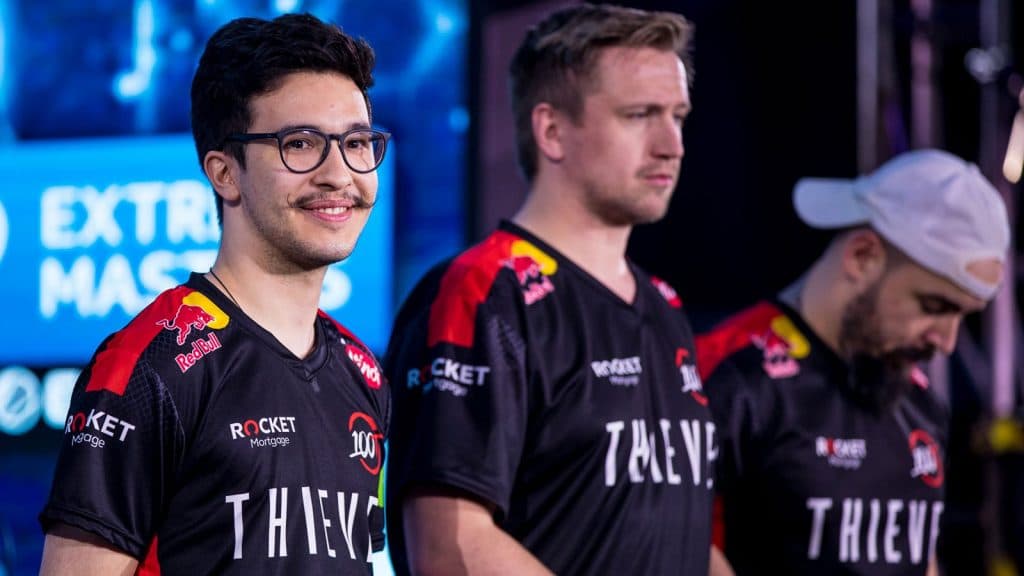 The mustache on Gratisfaction is the hottest Gratis-fashion
The mustache on Gratisfaction is the hottest Gratis-fashionThe reason most lineups die off is that they become too stale. They become stuck in their ways and are either unwilling or unable to renew and update their ideas. This is why the first SK lineup with Lincoln “fnx” Lau broke up as the lineup couldn’t change their playbook with fnx still in the roster.
100 Thieves have proven their staying power despite that pitfall. What’s more, they are doing it in the Krieg era. Dan “apEX” Madesclaire told HLTV, “it[CS] has become really random because of the Kriegs. That’s why the scene is really inconsistent lately, any team can win and then lose in the group stage, like EG. It’s because of the Kriegs, because CS has become way less tactical game and much more skill-based.”
The game has become less tactical and the scene more inconsistent. If you take a look at the top 10 teams, many of them are skill-based teams: Liquid, EG, FaZe, and Na`Vi being the primary examples. Teams are trying to stack more skill into their lineups than ever before.
It is only after putting 100 Thieves in this context that you can appreciate their feats. 100 Thieves aren’t a juggernaut of skill, but are closing in on a top 5 spot in the world. They are over a year into their lineups lifeline, but look stronger than they ever have. In a world sliding towards skill, they are a testament to the strength of tactical, team-based Counter-Strike.
